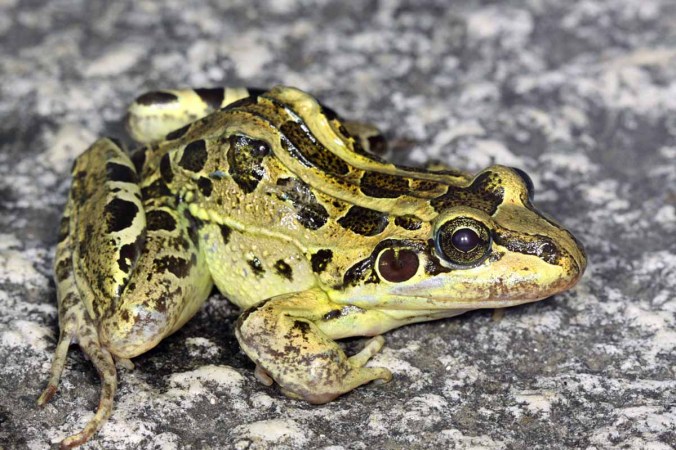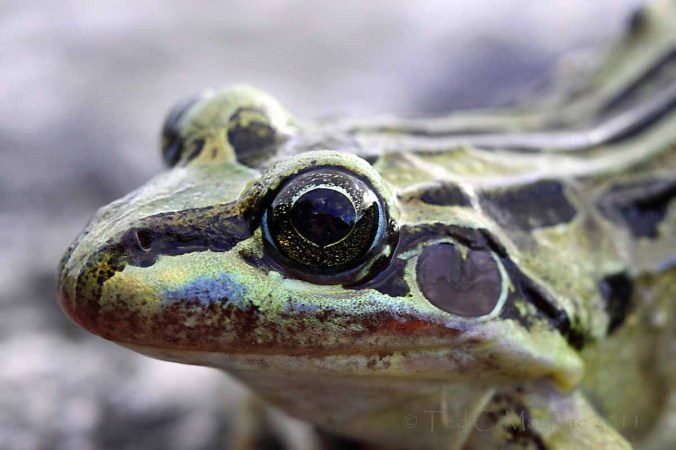I spent this past weekend in Buenos Aires, Argentina before embarking on a one-week whirlwind tour to visit field sites in several other parts of the country. It was supposed to be a short rest stop, but I can do nothing of the sort when there are exotic lands to explore. Despite its rank as the fourth largest city in South America and the location of my hotel in the heart of downtown, only a short walk was needed to arrive at Reserva Ecológica Costanera Sur, a 350-hectare park located on the banks of the Rio de la Plata. Originating as a debris field from construction during the 1970s, sedimentation and subsequent revegetation have created a naturalistic setting reminiscent of the original wet Pampas grasslands that occurred in the area.
Coursing through the area is a system of levees topped with gravel walking/biking trails that have become flanked with woody vegetation. Native species such as ceibo (Erythrina crista-galli) and palo borracho (Chorisia speciosa) are common, although exotics such as Canary palms (above photo) have also become established. In total, more than 11 km of trails are available, and having as much time as I desired on Sunday to explore the area, I walked every one of them once (and some twice) for a total hike of close to 15 km (not counting my morning walk to the area and then back to my hotel during late afternoon). I wouldn’t say the area was teeming with insects, and those that I did encounter are not too dissimilar from those I am more familiar with in North America. However, this is the southern Neotropics, so just about everything I encountered was something I had not seen before. I went photography-crazy, snapping more than 250 shots on the day (and keeping about 100).
This frog was the first thing I encountered, even before walking through the Reserve gates. Using the galleries at this fan site I believe it to represent Leptodactylus ocellatus (rana criolla, or “Creole frog”). He was a sad sight when I first saw him – dry and dusty on the sidewalk outside of the Reserve. I passed him by at first thinking he must be dead, then came back when my conscious started complaining, only to find him still alive. I bathed him in water from my bottle, which perked him up rather quickly (not to mention making him much more photogenic!). After a few photos, he revived sufficiently to jump off the stone wall bordering the Reserve into the grassy marsh. I had done my good deed for the day.
Also just before entering the Reserve gates, I scared up this hawk who flew a short distance ahead and landed on a post facing me. Now, I have never once in my life attempted to photograph a bird, and with my longest lens being only my 100mm macro I’m ill-equipped for such even if I wanted to. However, the hawk did not fly too quickly as I cautiously re-approached, and when I was within range I decided to give it a try. I carefully crouched to ready my equipment and then cautiously rose to take a shot, and right then the hawk decided to take off. Not a great shot, of course, but not bad either – especially for a first bird shot ever, and good enough to give me some amount of confidence in my ID as Parabuteo unicinctus (Gavilán Mixto, or “Mixed Hawk” – known in the U.S. as Harris’ Hawk).
Insect activity was rather light for the first couple hours after I arrived, but as the day began to heat up so did the number and diversity of the insects that I encountered. While I waited for activity to pick up, I saw this pretty little butterfly that seemed surely a type of metalmark (family Riodinidae) and that I later identified as Riodina lysippoides (Danzarina Chica, or “Smaller Dancer”). Shortly after taking this photo, I encountered another photographer who was obviously after insects. I approached him and introduced myself to see what he was looking for, and it was butterflies. I showed him my photo, but he did not know the name of the butterfly, only commenting that it was “bastante común” (common enough). I’m confident in my ID, but this North American beetle collector won’t be too embarrassed if one of you lepidopterists needs to provide a correction. I did see one other photographer that day as well, presumably after birds based on the yard-long lens he was carrying, but I did not talk to him. Otherwise, I got plenty of strange looks from the hordes of walkers, runners, bikers, and picnickers that had come out to enjoy this Carnival weekend Sunday!
Copyright © Ted C. MacRae 2011






Otherwise, I got plenty of strange looks from the hordes of walkers, runners, bikers, and picnickers that had come out to enjoy this Carnival weekend Sunday!
Loved that sentence, the life of bug fanciers the world over 😉
In my young days I was self-conscious about this – these days I enjoy the curiousity.
I agree – it provides excellent opportunities for some on-the-spot teaching/interpretation!
Also in my younger days, people coming up and asking what I was doing bothered me as well, as I didn’t want to interrupt what I was doing – these days I enjoy the opportunity to either excite someone about insects/science, or at least help them be more appreciative of its usefulness.
The story about the frog makes me happy 🙂
My conscious really did do a number on me. When I first saw it I immediately assumed it was dead, but as I walked on I became less and less convinced. I’d walked about 50 yards past when I finally couldn’t take it anymore thinking that it might still be alive and how could I not even lift a finger to check and see if I could do anything for it. I know millions of animals die every day, but that doesn’t mean I don’t have to do anything to help if I can. I wasn’t even thinking about getting photos when I finally turned around.